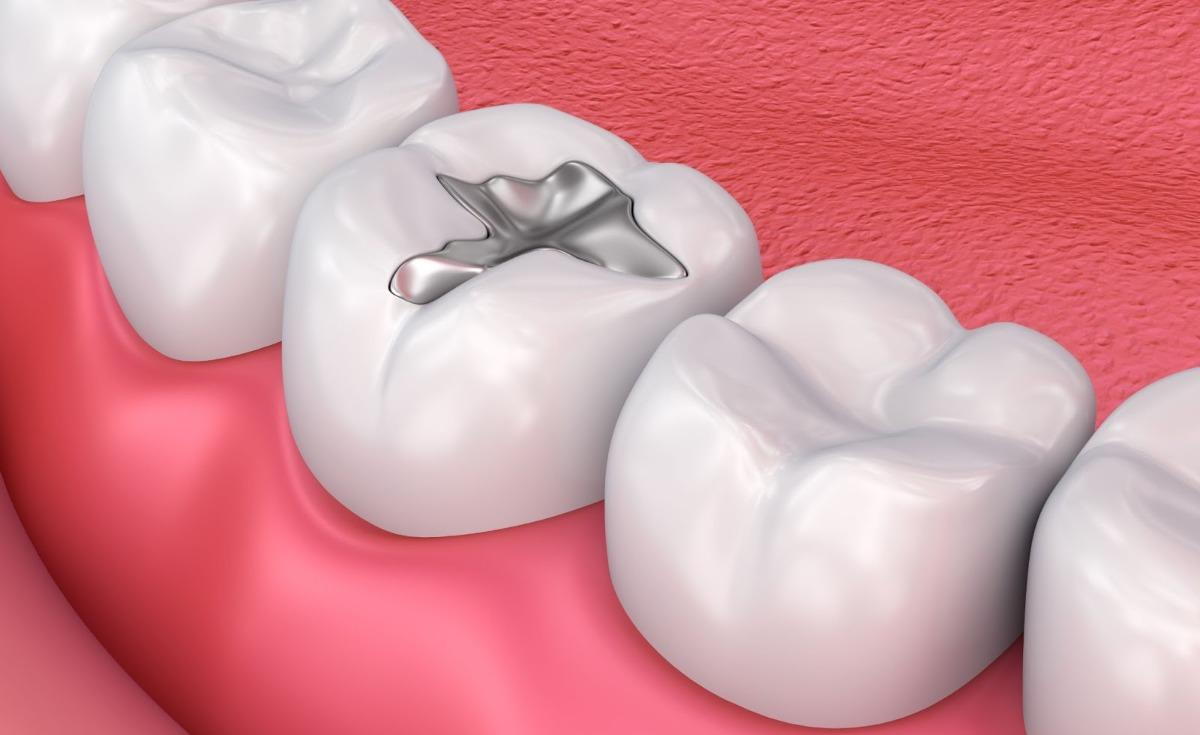When you visit the dentist for a cavity, the different materials used for tooth fillings can make a significant difference in the outcome of the procedure. From durable metal options to more aesthetic tooth-colored materials, the choice of filling material will depend on your specific needs and preferences. Understanding the various types of Dental Tooth Filling and their benefits can help you make an informed decision about which material is best for your oral health.
Types of Fillings and Their Benefits:
There are several materials used for fillings, each with unique advantages. These options allow dentists to choose the best fit for the location, size of the cavity, and the patient’s lifestyle.
Here’s a breakdown of the most commonly used materials:
- Amalgam (Silver Fillings) – Known for their durability and strength, ideal for back teeth
- Composite Resin (Tooth-Colored Fillings) – Popular for visible teeth due to their natural appearance
- Porcelain Fillings – Stain-resistant and highly aesthetic, offering a close match to natural tooth color
- Gold Fillings – Extremely durable but noticeable due to their color, often used in large fillings
- Glass Ionomer Fillings – Release fluoride, making them beneficial for preventing further decay
Each material offers specific benefits that suit different dental needs and aesthetic preferences.
Amalgam Fillings: Durability and Strength
Amalgam fillings, also known as silver fillings, are one of the oldest and most commonly used materials for dental restorations. They are made from a mixture of metals, including silver, tin, copper, and mercury, which makes them incredibly strong and long-lasting.
Benefits of amalgam fillings include:
- Durable and can withstand heavy chewing pressure
- Affordable compared to other materials
- Long-lasting, often lasting 10-15 years or more
- Resistant to wear and tear, making them ideal for back teeth
However, the primary drawback of amalgam fillings is their visible appearance, as they don’t blend with natural teeth.
Composite Resin Fillings: A Natural Look
Composite resin fillings are a popular choice for those who want a more aesthetic solution to tooth decay. These tooth-colored fillings blend seamlessly with the natural color of your teeth, making them a great option for visible areas like the front teeth.
Benefits of composite resin fillings include:
- Natural appearance, ideal for visible teeth
- Versatile in terms of color matching
- Bond well to the tooth structure for better support
- Less invasive procedure compared to metal fillings
However, composite resin fillings may not be as durable as amalgam, and they are more prone to wear and tear, especially on back teeth that undergo heavy chewing.
Porcelain Fillings: Aesthetic and Durable
Porcelain fillings are made from a durable ceramic material that is closely matched to the color of your natural teeth. These are often used for larger cavities in visible areas due to their excellent aesthetic properties.
Benefits of porcelain fillings include:
- Highly aesthetic due to their ability to blend with natural tooth color
- Stain-resistant, making them ideal for long-term wear
- Durable, lasting 10-15 years or more
- Resistant to wear and provides a strong, functional restoration
However, porcelain fillings are typically more expensive than other materials and can be more prone to chipping under heavy pressure.
Gold Fillings: Strength and Longevity
Gold Dental Tooth Filling Treatment are one of the most durable and long-lasting materials available, offering a high level of strength and longevity. They are typically used for larger fillings, particularly in the back teeth, where they can endure heavy chewing forces.
Benefits of gold fillings include:
- Extremely durable, often lasting over 15 years
- Resistant to wear and less prone to fracturing
- Biocompatible, making them suitable for patients with allergies to other metals
- Stable and reliable for functional restoration
The main downside of gold fillings is their noticeable color, which may not appeal to those seeking a more natural appearance for their teeth.
Glass Ionomer Fillings: Fluoride-Release and Temporary Solutions
Glass ionomer fillings are made from a combination of glass and acrylic materials, offering several benefits in specific dental situations. These fillings release fluoride, which can help protect the tooth from future decay.
Benefits of glass ionomer fillings include:
- Fluoride-releasing properties that help prevent further decay
- Good for temporary fillings or small cavities
- Ideal for children or areas with limited chewing pressure
- Less sensitive to temperature changes than composite resin
However, glass ionomer fillings are generally not as durable as other options and may wear down more quickly in high-pressure areas.
In conclusion, the different materials used for tooth fillings offer a variety of options depending on your needs and preferences. Whether you’re looking for durability, aesthetics, or cavity protection, understanding the pros and cons of each filling type will help you make an informed decision. From silver amalgam to tooth-colored composite resins, each material plays a crucial role in restoring tooth function and appearance, while ensuring your oral health is preserved.

